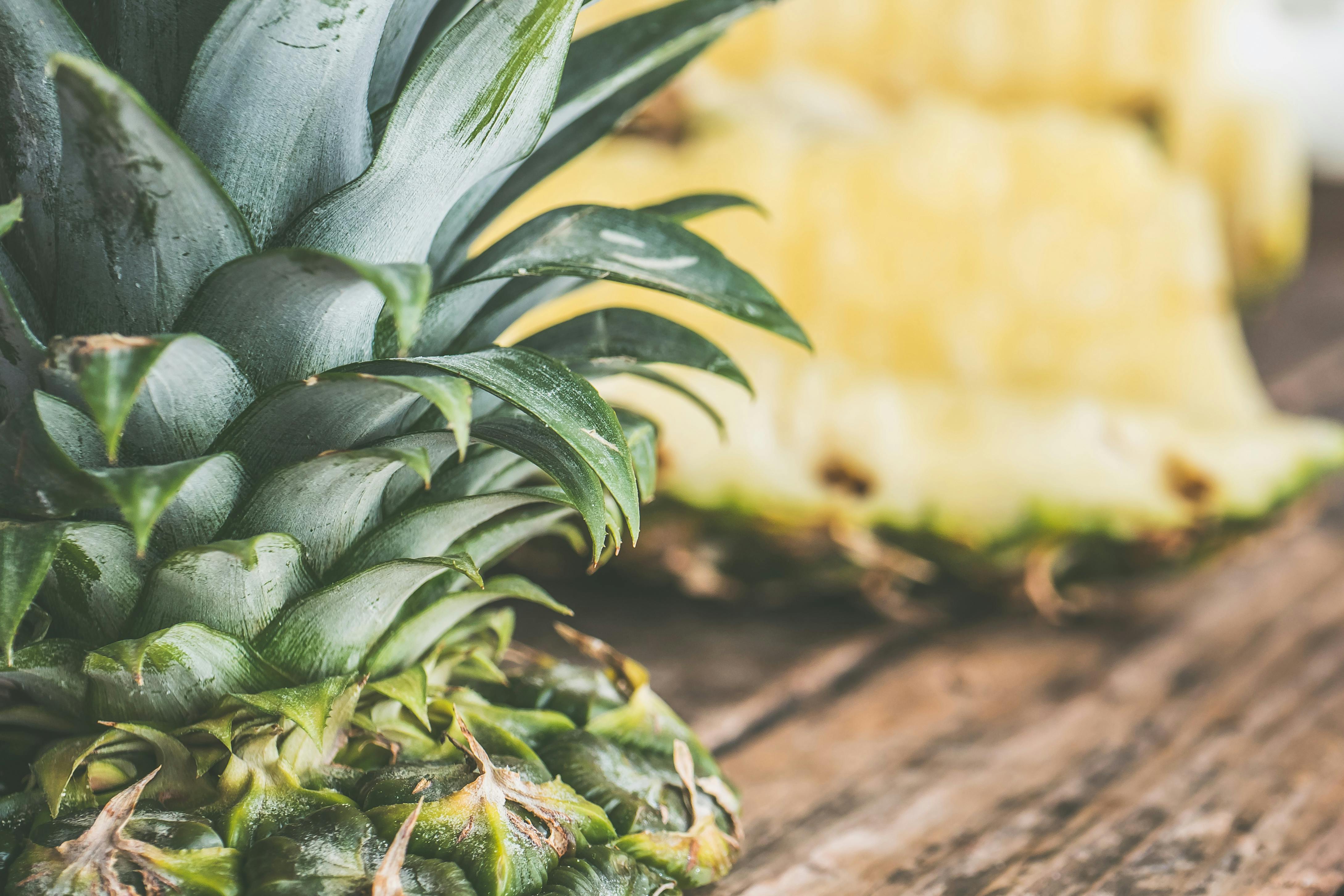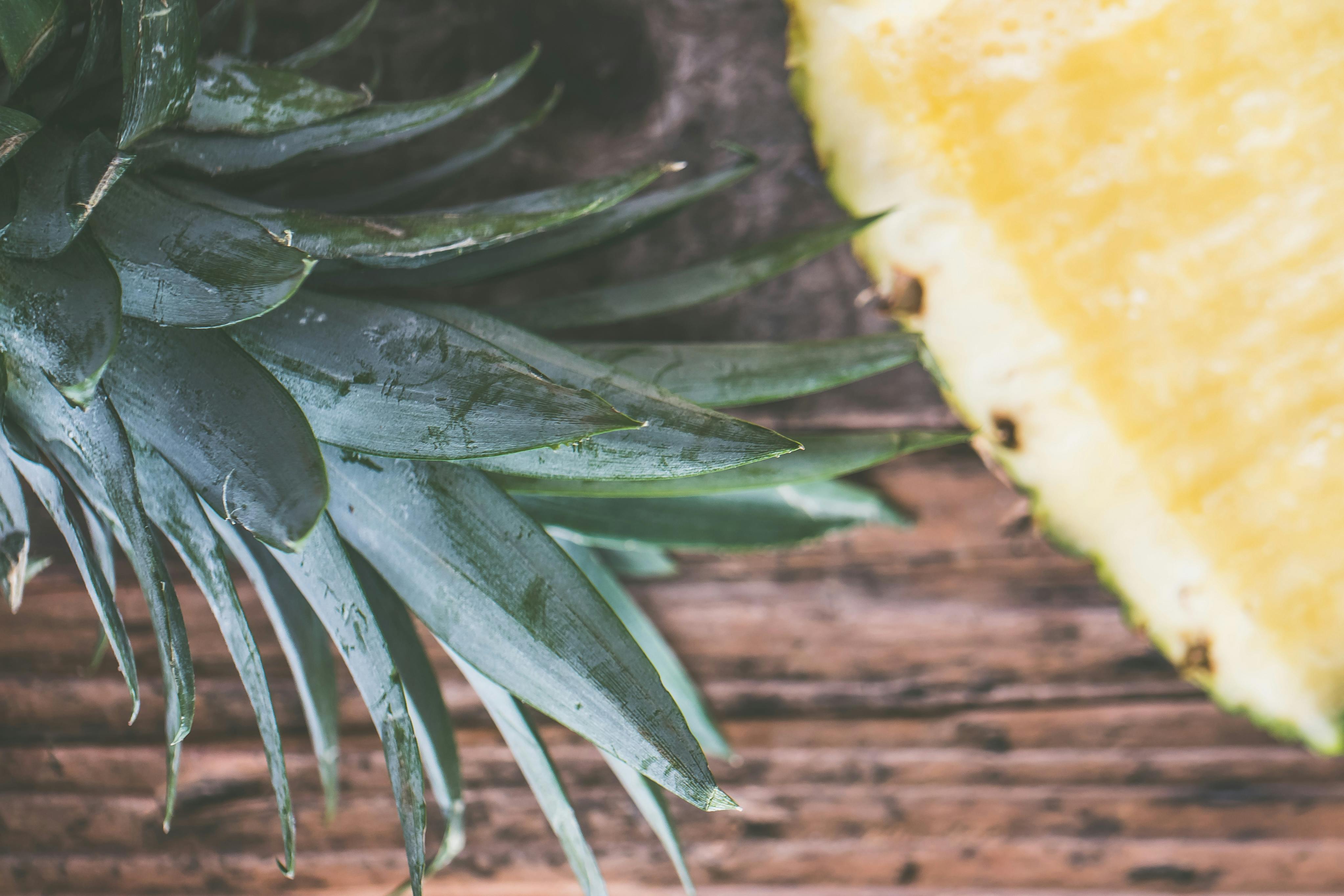Pineapple is one of the most popular tropical fruits in the world. But have you ever wondered how long it takes to grow a pineapple? Many people believe that it takes seven years to grow a pineapple, but is there any truth to this statement? In this article, we will explore the answer to this question and discuss other facts about growing pineapples.It typically takes 18-24 months for a pineapple to grow from planting to harvest.
Climate
Pineapples are tropical plants and require warm temperatures to grow. Cool temperatures or cold can damage the pineapple plant and prevent it from producing fruit. The ideal temperature range for pineapple growth is between 70°F and 95°F (21°C and 35°C). Any temperatures lower than 50°F (10°C) can cause permanent damage to the plant. Therefore, the climate should be warm enough for the pineapple to thrive.
Soil
Pineapple plants prefer sandy, well-drained soils with slightly acidic pH levels between 4.5 and 6.5. The soil should contain adequate amounts of organic matter such as compost or manure, which helps in retaining water and nutrients for the growth of the plant. Poor soil quality can lead to poor growth of the pineapple plant.
Water
Pineapples need a regular supply of water to thrive but they should not be overwatered as it can lead to root rot. During the growing season, they should be watered regularly but not too often as this can lead to nutrient deficiencies in the soil that could stunt its growth. In areas with high humidity, it is important to ensure that there is adequate air circulation around the plants.
Light
Pineapple plants need plenty of sunshine in order to grow and produce fruit. They should receive at least six hours of direct sunlight each day during their growing season. When growing indoors, providing artificial lighting with full-spectrum LED bulbs can help supplement natural sunlight.
Fertilizer
To ensure healthy pineapple growth, fertilizing regularly is important as it helps provide essential nutrients for optimal development. Fertilizers such as nitrogen, phosphorus, potassium and magnesium are all essential for a healthy pineapple crop. It is important to use a fertilizer that is specifically formulated for pineapples since other types may contain chemicals that can damage the plants.
The Average Time It Takes To Grow A Pineapple
Pineapples are a popular tropical fruit that take some time to grow. On average, it takes about 24 months for a pineapple to reach maturity and be harvested. The exact time it takes will depend on the variety of pineapple and the growing conditions.
At the beginning of the process, a small pineapple seed is planted in well-drained soil and kept at temperatures between 65 and 95 degrees Fahrenheit. The plant is then fertilized with nitrogen, phosphorus, potassium, calcium, magnesium, and other essential nutrients.
Once the seed sprouts into a plant, it will take about 18 months for the pineapple fruit to be ready for harvest. During this time, it is important to keep the plant properly watered and free of pests or diseases. The exact amount of time can vary depending on the growing conditions and how carefully it is tended to by its growers.
When the pineapple has finally fully matured, its leaves will begin to turn yellowish-brown in color and its fruit will become sweeter in flavor. This signals that it’s ready for harvest! Depending on where you live, you should have no problem finding fresh pineapples in grocery stores or farmers markets around this time.
In conclusion, on average it takes about 24 months from planting a pineapple seedling to harvesting an adult fruit. However, this timeline can vary slightly depending on variety and climate conditions.
The Benefits of Growing a Pineapple
Pineapples are one of the most delicious and nutritious fruits out there, and growing your own at home can be a great way to enjoy them year-round. Not only are these tropical fruits a tasty treat, they also offer numerous health benefits. Here are some of the top benefits of growing your own pineapple plant:
One of the main advantages of pineapple is its high level of vitamin C. This powerful antioxidant helps boost the immune system and fight off infections. It also helps reduce inflammation in the body, which can help prevent chronic diseases like heart disease and diabetes. Additionally, pineapple is packed with natural enzymes that help break down proteins in food, aiding in digestion.
Growing your own pineapple plant at home also has environmental benefits. By growing your own fruit, you can reduce your carbon footprint since you won’t have to buy imported pineapples from other countries. Additionally, pineapple plants require very little water to survive – another great way to conserve resources while enjoying fresh produce all year long!
Finally, growing a pineapple plant can be a great way to add some fun and color to your garden or patio area. The vibrant foliage and bright fruit make it an attractive addition that stands out in any landscape. Plus, the plants are relatively easy to care for – all they need is lots of sunshine and a few waterings per week – so even novice gardeners will be able to enjoy the fruits (literally!) of their labor!
Different Varieties Of Pineapples
Pineapples are a tropical fruit that is packed with flavor and nutrition. They come in many varieties, each with its own unique taste and texture. The most popular pineapple varieties are the Smooth Cayenne, Red Spanish, Queen, Abacaxi, Pernambuco, and Golden.
The Smooth Cayenne is a large pineapple with a sweet flavor and juicy texture. Its yellowish-green color makes it ideal for salads or salsas. This variety is also great for canning and juicing.
The Red Spanish is a medium-sized pineapple with a mild flavor and firm texture. It has an orange-red color and is best eaten fresh or used in jams or jellies.
The Queen pineapple is considered to be the best tasting variety of pineapple due to its sweet flavor and delicate texture. It has a yellowish-green color and can be eaten fresh or used in desserts or juices.
The Abacaxi pineapples are small to medium sized fruits that have a sweet taste and soft texture. It has a yellowish-orange color and can be used for baking, cooking, or juicing.
The Pernambuco pineapple is small to medium sized with firm flesh that has a slightly tart taste when ripe. It has an orange-yellow color and can be eaten fresh or used in salads or smoothies.
Finally, the Golden variety of pineapple is small in size but big on flavor! It has a bright yellow color when ripe and is great for baking or juicing.

How To Plant A Pineapple
Growing a pineapple plant is easy and fun, and it can make for an attractive addition to your home. All you will need is a pineapple and some soil. Start by cutting off the top of the pineapple, making sure to leave about an inch or two of fruit attached to the leaves. Then, remove any remaining flesh from the base and peel off any remaining skin. Place the top in a bowl of warm water for a few days until roots start to appear.
Once the roots are visible, fill a pot with potting soil and place the pineapple top in it. Make sure it is firmly planted in the soil so it won’t fall over. Water your pineapple regularly and keep it in a sunny spot, such as on a windowsill or balcony. It’s important that your pineapple receives some sunlight each day in order to grow healthy leaves. As your pineapple plant grows larger, you may need to repot it into a larger container with fresh soil.
Once your pineapple has grown for several months, you should begin to see signs that it is ready to produce fruit. The leaves may start to turn yellow or brown, indicating that they are no longer healthy enough to support new growth. The plant should also start producing small white flowers which will eventually turn into pineapples if fertilized with bees or other pollinators. With patience and care, you can enjoy delicious homegrown pineapples in just a few months!
Optimal Growth of a Pineapple
Pineapples can be grown in a variety of climates, but for optimal growth, certain conditions must be met. To ensure the best growth and yield of pineapple plants, they must have access to plenty of sunlight, warmth, humidity, and water.
For pineapple plants to thrive, the soil should have an appropriate pH level of 5.5-6.5. The soil must also be well-drained to reduce water-logging and chances of root rot. If the soil is lacking in organic matter such as compost or manure, it should be added to increase nutrient levels and improve drainage.
Pineapples require moderate amounts of fertilizers throughout their growing season to ensure sufficient nutrients are available for growth. Nitrogen is particularly important for optimum leaf growth and development. Additionally, potassium is essential for flower formation and fruit production.
It’s important to monitor the temperature closely when growing pineapples as they will not grow well if temperatures drop below 60°F or exceed 90°F for extended periods of time. High humidity is also beneficial as it helps keep the plant healthy and prevents wilting during hot weather.
Finally, pineapples require regular watering throughout their growing season but should not be allowed to become waterlogged as this could lead to root rot or other problems with the plant’s health. By providing these conditions in your garden or greenhouse you can ensure that your pineapple plants will receive all that is needed for optimal growth and yield!
Growing a Pineapple Successfully
Pineapple is a tropical fruit with sweet and juicy taste and many health benefits. It can be easily grown from the crown of an existing pineapple or from seedlings, but it takes some time and effort to grow a pineapple successfully. In this article, we will discuss some tips on how to grow a pineapple successfully.
The first step in growing a pineapple is to choose the right variety for your climate. Different varieties of pineapples require different climates in order to thrive, so make sure you select the right variety for your area. Once you have chosen the right variety, it’s time to start growing your pineapple plant.
The best way to grow a pineapple is by planting the crown of an existing fruit. To do this, simply cut off the top of the fruit and remove any leaves or other debris from the crown. Place the crown in a warm, well-drained soil mix and keep it moist but not wet. The crown should start to sprout roots within a few weeks.
Alternatively, you can also buy seedling plants from garden centers or online stores. Plant them in pots with well-draining potting soil and place them in an area where they will get plenty of sun and water. Make sure that you don’t overwater them as this can cause root rot. With proper care, these seedlings should start producing fruit within one year.
Once your plant starts producing flowers, make sure you pollinate them manually by hand using a cotton swab or brush so that they will produce fruit. If you want to ensure successful pollination it’s best to keep different varieties of pineapples in close proximity so that cross-pollination can occur naturally.
Finally, make sure that you provide your plants with adequate nutrition by fertilizing them regularly with high-quality organic fertilizer or compost tea. This will help boost their growth and ensure that they produce larger and sweeter fruits.
By following these tips on how to grow a pineapple successfully, you should be able to enjoy sweet and juicy pineapples year after year!

Conclusion
We have learned that it does take 7 years to grow a pineapple from seed. This process is slow but rewarding, as it can take many years of patience and care for the pineapple to reach its full size. The pineapple plant’s growth rate is also dependent on the amount of sunlight, water, and nutrients it receives from its environment. Soil conditions can also affect the growth rate of the plant.
Once a pineapple has been harvested, it can be eaten fresh or used in many other recipes such as jams, jellies, and sauces. Although growing a pineapple from seed may take several years, the rewards are worth the wait. With patience and care, you can enjoy delicious pineapples for many years to come.
In conclusion, growing pineapples takes time and effort but with proper care and patience you will be able to enjoy delicious fruit for many years to come!



